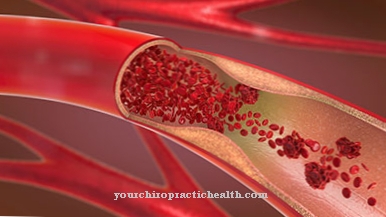The Yellow fever virus belongs to the so-called flavi viruses and triggers the life-threatening infectious disease yellow fever. This is transmitted by mosquitoes of the genus Aedes (Africa) and Haemagogus (South America). It occurs in the tropical regions of Africa and South America. Depending on the severity of the disease, infection with the yellow fever virus can be fatal.
What is the yellow fever virus?
The yellow fever virus belongs to the genus of the Flavi viruses. It is transmitted through the bite of the yellow fever mosquito. Both humans and monkeys can serve as hosts for the virus. Infection is harmless for many species of monkeys, especially those living in Africa, but it can have fatal consequences for humans. A direct transmission of the yellow fever virus from one person to another is not possible. Only the yellow fever mosquito can get from host to host and, in the worst case, trigger an epidemic.
The name yellow fever comes from the property of the disease to increase the patient's body temperature to a fever. The virus also causes liver failure, which can lead to jaundice. Due to the bleeding that occurs throughout the body, yellow fever is a hemorrhagic fever.
Occurrence, Distribution & Properties
The yellow fever virus is what causes yellow fever. It is transmitted to humans through the bite of an infected mosquito (Egyptian tiger mosquito). The disease only spreads permanently in certain regions, which are therefore designated as yellow fever endemic areas. These can be found in South America and in tropical Africa. Europe, Asia, Australia and Oceania are currently classified as yellow fever free areas.
Around 200,000 yellow fever infections a year account for around 30,000 deaths, of which around 90% occur in Africa. The WHO also assumes a high number of unreported cases, although every death as a result of yellow fever must be reported.
A distinction is made between two forms of yellow fever: on the one hand, urban yellow fever, on the other hand, jungle yellow fever; depending on where the infection takes place. The animals in which the viruses normally multiply are monkeys that live in the jungle. The pathogens are transmitted from one monkey to the other by mosquitoes. If people are in the jungle, they run the risk of being infected by mosquitoes as well. The disease is known as jungle yellow fever because of its occurrence and mostly affects young men, such as forest workers.
In urban yellow fever, on the other hand, a sick person becomes a source of danger for other people. If it is bitten by vector mosquitoes, there is a risk of an epidemic. Yellow fever is then spread from person to person over a certain region.
Illnesses & ailments
Once the virus enters the body, it first multiplies through the lymph nodes, which gradually spreads throughout the body. In addition to the most important target organ, the liver, it also reaches other organs such as the spleen, kidneys, muscles and bone marrow.
Various messenger substances are produced in the body to defend against the virus. However, this can lead to uncontrolled production and release, which can cause severe damage to the body and multiple organ failure.
Yellow fever symptoms develop with an incubation period of three to six days. In about 85% of the cases the disease takes a mild course, the symptoms of which are similar to those of the flu. These include chills, fever up to 40 ° C, body aches, muscle aches, headaches, vomiting and nausea.
Recovery occurs after just a few days. The remaining 15% of the cases are characterized by a very severe course. Kidney and / or liver failure is a common symptom. The further course is often characterized by multiple organ failure with bleeding throughout the body.
The serious illness has two phases. The first phase is similar to the mild form, but with symptoms such as diarrhea, vomiting of bile, strong thirst, overheated areas of the skin, bad breath, jaundice, bleeding from the palate and a dwindling urine production.
In the following 1-2 days, the patient experiences a rest interval before the second phase breaks out. In addition to liver and kidney failure, this is also characterized by bloody diarrhea, skin and mucous membrane bleeding, high blood and fluid loss with the onset of shock and neurological disorders. In the worst case, death occurs from kidney failure, cardiac arrest and heart failure. The mortality in people who suffer from the severe form is 50-60%.
Infection with the yellow fever virus is not a mandatory death sentence. 85% of those affected develop the mild form and recover within a few days. Of the 15% who suffer from the severe form, about half survive. Medicine assumes that surviving patients develop antibodies and are immune to yellow fever from that point on.
There is no specific treatment for yellow fever, and the risk of infection is relatively high in some countries in Africa and South America. Anyone entering there should therefore be vaccinated, a measure that is mandatory in some countries. In addition to vaccination, further measures to protect against mosquitoes should be taken. Since the yellow fever mosquito is active at night and during the day, constant protection with special mosquito repellants and mosquito nets is necessary. These not only prevent yellow fever, but also other tropical diseases such as malaria and dengue fever.

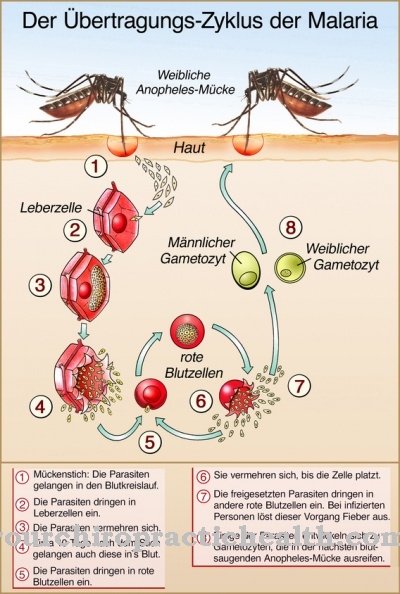
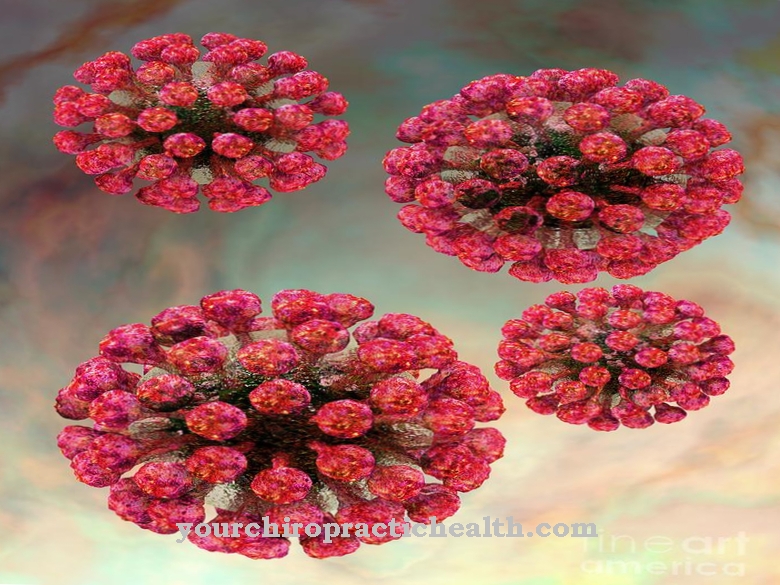
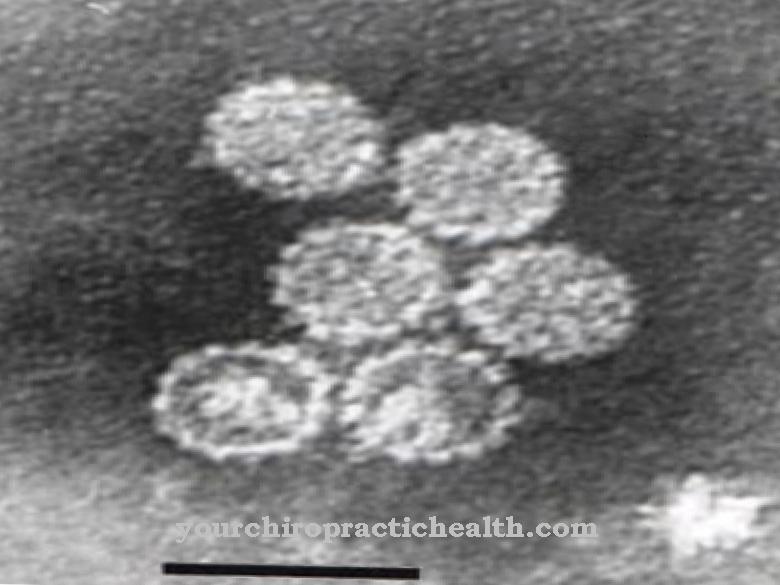
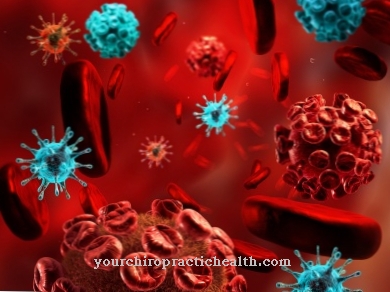




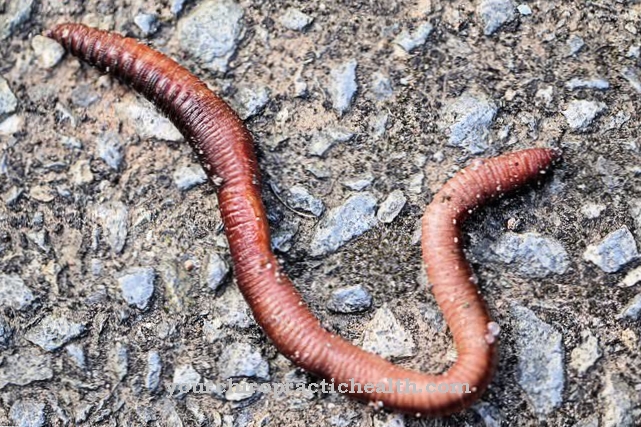

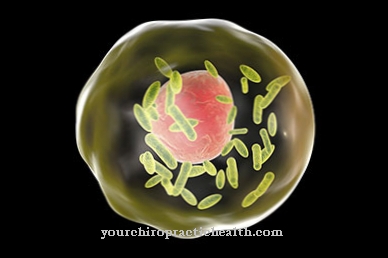




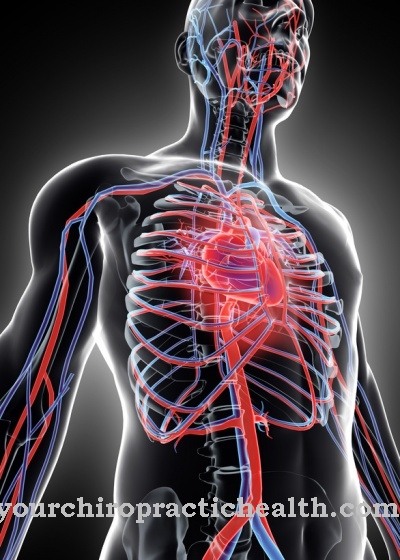


.jpg)







